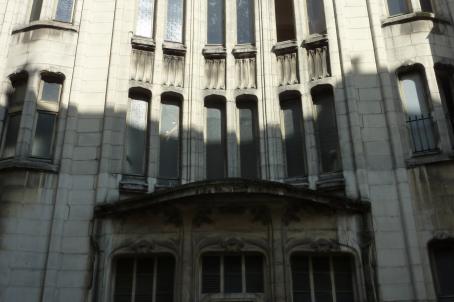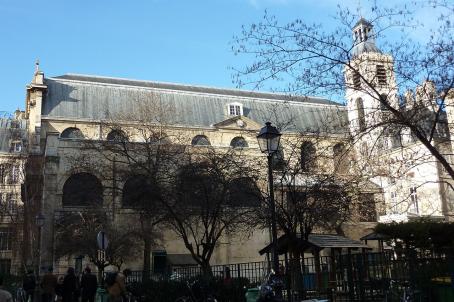Church of Saint-Denys-du-Saint-Sacrement
The church was built during the Restoration in the style of Roman basilicas. On its site stood a convent built for the Benedictines of the Blessed Sacrament. It was Etienne-Hippolyte Godde who in 1826 was commissioned by the city of Paris to build the current church on this site. The first stone was laid on 15 September 1826: a medal by the engraver Ursin Vatinelle, bearing the effigy of Charles X and the design of the projected façade, commemorates the event.






